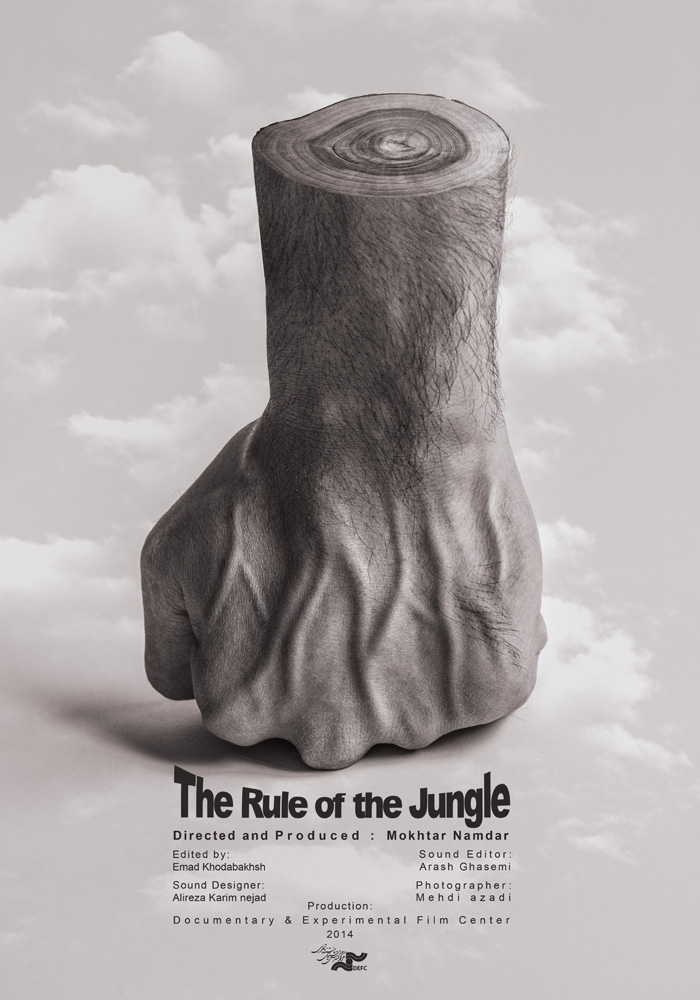Description of Iranian documentary maker for documentary, A house in May & Gil and Galsh:
The village of Deraz Zamin is a cool region around the city of Ramsar in the north of Iran. My aunt lived in this village, so my entire childhood, adolescence, and youth are full of memories of family summer trips to this beautiful and unique village.
When I found the passion for filmmaking in myself, the first idea that came to my mind was to make a film there. After a short time, I realised that my aunt and her husband had differences and were going to get divorced after 50 years of living together. I slowly entered their life with my camera. That was the way Story of Gil and Galesh was made.
My trips to the village continued, and in the end, I decided to rent a house there. Near the house I had rented, there was a beautiful master’s mansion that had a historical background and hid many stories in its heart. Whenever I passed by it, the charm of the mansion mesmerised me and I sometimes stood there for hours and watched it. One day I entered the courtyard of the house and met Soraya, an independent and powerful woman of about 50, who lived in the house. Soraya’s loneliness, mixed with the loneliness of the house, was amazing to me, so I decided to make a film about Soraya and the house, entitled A House in the Fog.
My fascination with this village grew day by day and gradually assumed the shape of prejudice. All my friends knew that they could come to my bungalow in Deraz Zamin at any time for relaxation and fun. On a foggy sunset, we were going home from the woods with a number of my friends when we encountered another group who had set a fire. A girl with a melodious voice was singing in that group. Her pleasing singing made us weak at the knees. We went to them, and the heat of the fire made us friends. Our conversation lasted until midnight.
That night, I met a girl named Tahereh Joorboniyan, an environmental activist who worked at the Environment Department. She lived in Tehran, but she had grown up in the village Deraz Zamin, loved the village, and sometimes came there with her friends.
Environmental concerns and a shared love for the nature deepened my and Tahereh’s friendship. We sometimes saw each other in Tehran and attended each other’s parties.
On a weekend when my friends had come to the village, we went to the forest for lunch. When we entered the forest, I saw my cousins cutting down the trees and taking them out of the forest. I had my camera with me, and I began taking pictures immediately.
I raised the issue of felling trees with Tahereh at once and she followed up the case through Natural Resources Department, Forestry Office, and the Environment Department. In the meantime, some arguments ensued, and very serious threats were made, but they all led to the making of The Rule of the Jungle.
My love for the nature and the village caused me to make three films in the village. Unfortunately, the village is no longer the former one. The houses have become more modern and more trees are being cut down in the forests of Deraz Zamin and the surrounding villages. People have an insatiable desire to build modern houses in the heart of the forest and village which have their own texture and atmosphere. Unfortunately, instead of monitoring and preventing the cutting of trees and indiscriminate constructions, the relevant organisations themselves contribute to this process, and we are witnessing the destruction of Iran’s forests and natural resources more and more every day.


